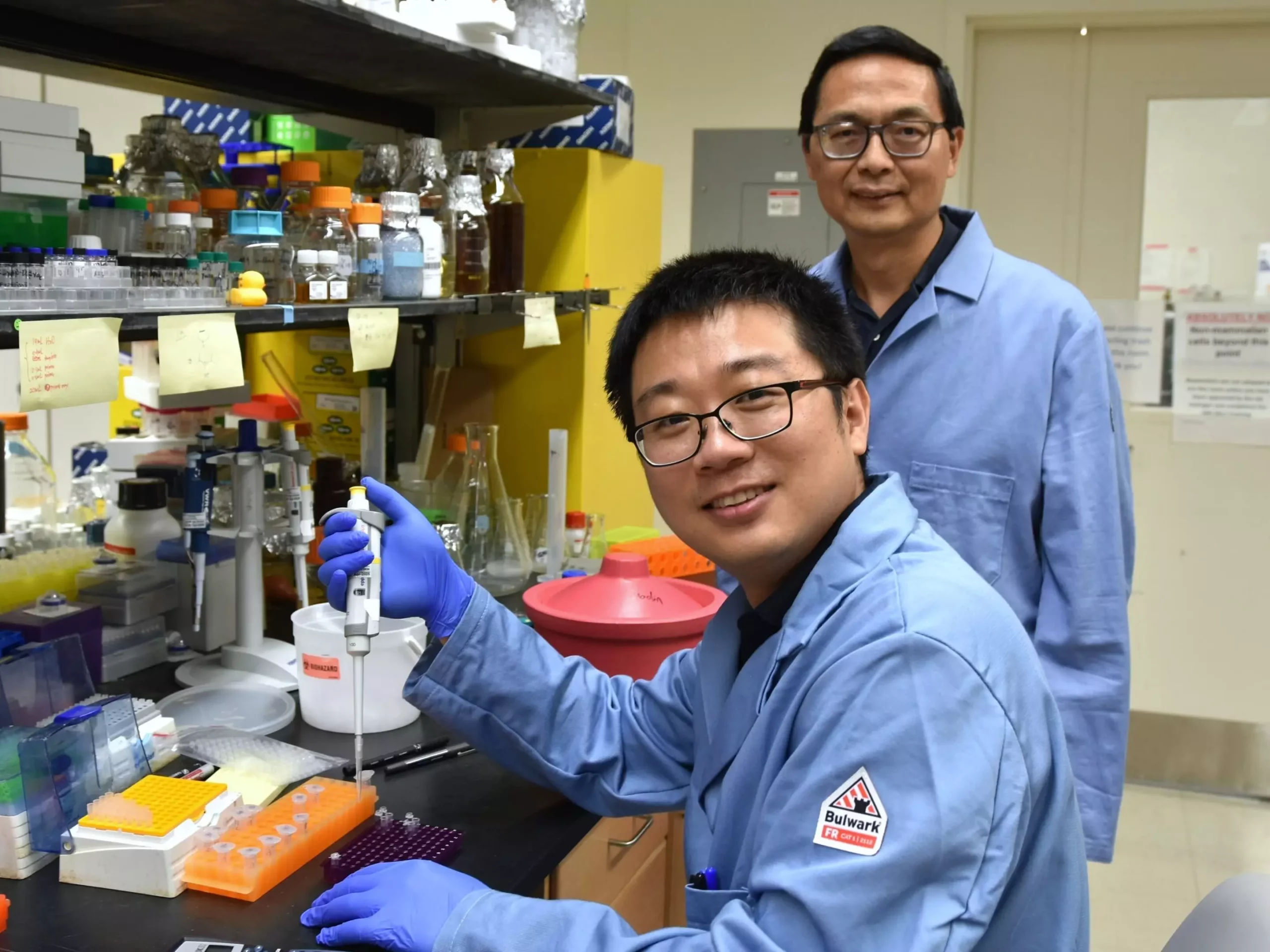In a groundbreaking study conducted at the Center for Advanced Bioenergy and Bioproducts Innovation (CABBI), researchers have made a significant advancement in the field of chemical synthesis. By leveraging the power of natural enzymes and light, the team from the University of Illinois Urbana-Champaign has developed a revolutionary method for incorporating fluorine into olefins, essential hydrocarbons used in a wide range of products. This innovative approach not only streamlines the production of high-value chemicals but also has the potential to transform industries such as agrochemicals, pharmaceuticals, and renewable fuels.
Fluorine, as an additive, plays a crucial role in enhancing the effectiveness and longevity of agrochemicals and medicines. Its unique properties, including small size, electronic characteristics, and solubility in fats and oils, contribute to the improved functionality of organic compounds. However, the traditional methods of introducing fluorine into molecules have been complex and environmentally unfriendly. This new study introduces the concept of using a “photoenzyme,” a modified enzyme activated by light, to facilitate the precise attachment of fluorine to olefins. This innovative approach not only simplifies the process but also ensures targeted and efficient fluorination, revolutionizing the way fluorinated compounds are synthesized.
The utilization of light-activated enzymes in chemical synthesis represents a major shift towards greener and more sustainable practices in the field of chemistry. By harnessing the power of natural processes and reducing the reliance on harmful chemical reactions, this method aligns with the principles of environmental sustainability. The ability to create fluorinated compounds with improved efficiency and specificity opens up new avenues for the development of advanced medicines, agrochemicals, and other products with enhanced properties. Additionally, the reduction in energy consumption and chemical waste associated with this process contributes to a more environmentally conscious approach to industrial production.
This breakthrough not only marks a significant advancement in chemical synthesis but also aligns with CABBI’s mission of driving innovation in biocatalysis. By focusing on the production of bio-based chemicals derived from renewable sources, this research contributes to the development of sustainable bioenergy solutions that reduce the impact on the environment and decrease reliance on fossil fuels. The methods developed in this study have the potential to revolutionize industrial processes by offering a more sustainable and efficient alternative to traditional chemical synthesis methods.
The integration of light-activated enzymes into chemical synthesis represents a paradigm shift in the field of chemistry. By combining the power of natural processes with cutting-edge technology, researchers have unlocked a more efficient and sustainable approach to creating fluorinated compounds. This breakthrough not only has the potential to revolutionize industries such as pharmaceuticals and agrochemicals but also paves the way for the development of greener technologies in chemical production. With a focus on environmental sustainability and efficiency, this research sets a new standard for the future of chemical synthesis.


Leave a Reply